Your innate survival toolbox
A look at the 13 things that are helping me survive right now, and an experiment to help you reflect on yours.
When I graduated high school, my parents gave me a bright red toolbox with what they proclaimed were “all the essentials” — a hammer, multibit screwdrivers (ratcheting and standard), an adjustable wrench, a tape measure, a level, a stud finder, a utility knife and spare blades, fishing line, and a massive assortment of picture hanging hardware.
I’m not going to lie, I was puzzled by the gift at the time.
What was this for? I mean, when was I supposed to use this? I wasn’t going to carpentry school. I was going to college.
Doubt in hand, I still packed that little red toolbox when I went to Middlebury the next year, and when I opened it two days in to hang my posters and pictures with its help, I found a note in a ziplock with a whole slew of Band-Aids. It was written in all caps block print (like my dad always writes, and now I do too):
DEAR KTD,*
FOR WHEN YOU GET HURT, NOT IF.
SO YOU CAN KEEP WORKING THROUGH IT, WHATEVER IT IS.
*Katie Dumpling, my childhood nickname that undoubtedly stuck.
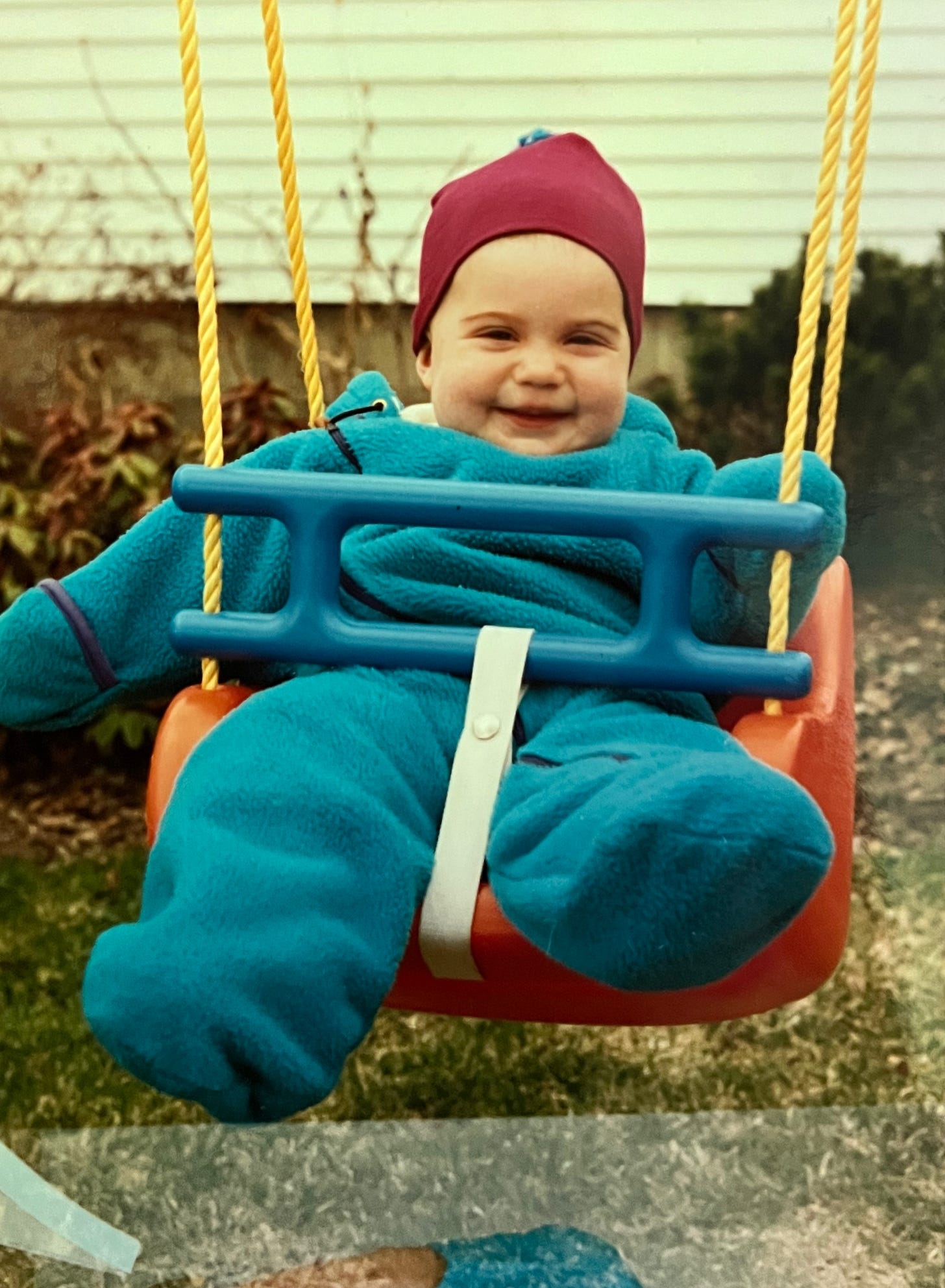
I didn’t think much of the note’s wisdom or the incredible use of that toolbox on that day. I just hung my posters and hammered in the hardware to hang all my family pictures, before heading off to dinner with my orientation group. However, time and time again, that toolbox proved to be there for me.
First, it brought me friends.
The wrench fixed a leaking pipe in a classmate's bathroom a month later, and the whole charade cemented my relationship with people I now call my best friends and speak with weekly.
A week later, the screwdriver opened my dorm's TV remote so I could replace its batteries and watch Grey's Anatomy Season Two (yup, I’m that old) with some of the young women who lived nearby. Many of those girls were at my wedding.
And the hammer? It turned my dorm into a home as it and the hardware were passed around among my peers, who hung their posters and photos, and soon came to know me for a reputation I actually wanted. Unlike the “girl who always cried” in high school, I became “the handy girl who was always down to help with her toolbox” — and most notably, give you a judgment-free band-aid when you inevitably jammed your finger.
Next, that little red toolbox surprised me again. It helped me with my illness, in ways I never could have predicted when I first read my dad’s note.
Not only did it hang the many photos that brought me back to myself each morning after the memory loss I suffered from electroconvulsive therapy, but it also held all the necessities for making my “hallucination survival fort.”
My survival fort was a small tent I made for myself out of white sheets. It hung from the ceiling – a little floating oasis – suspended by fishing line attached to nails I had hammered haphazardly all over my room. When I was hallucinating visions of myself dying and harming others or lost to command hallucinations that continually screamed from “behind me,” I’d sit inside it. And there, where my field of vision was nothing but dancing white sheets, things were simple. Anything inside the fort that wasn’t my books or my computer wasn’t real.
Knowing this kept me earthside and gave me what I needed the most: it gave me myself back.
So whether for the sake of getting an essay done for class or having a meaningful conversation with friends, inside the survival fort I could reclaim me. I could know that I was real and that everything else was not, so I could focus — at least a bit.
And it was all thanks to the fishing line, screws, and nails my parents had so thoughtfully sent me off to college with before I could even fathom or dream up their use as a bridge to friendship and a way to triage the disastrous effects of my serious mental illness.
Yes, that red toolbox sure came in handy.
And recently, after finding it in the garage the other day, I’ve been thinking about how we all need a toolbox of our own making to survive this brutal time.
We need a huge, handy list of actions, exercises, practices and most of all, each other, for the many seasons of stress and hardship that we’re working through so that we can find ourselves and our people.
Yes, we need all the tools to hold onto ourselves and find those who bring that self into being and becoming.
So this week, in honor of that cute little red toolbox and my deep desire to strengthen my ability to show up for myself and others, I’m pulling out my own healing toolbox and opening it up in front of you.
I’m challenging the doubt I feel daily about being equipped to weather this world and I’m doing a little deep dive into all the things I’ve found – by accident or on purpose – that are my life equivalent to that little red super handy toolkit.
My hope in doing this here is that first, I’ll remember how innate my resilience is — just like yours. I’ll remember even though my mind keeps saying I’m a failure, that I actually have figured some things out to help me weather my life.
My second hope is that by writing this down (and likely printing multiple copies out and putting them all over my house, LOL), I will remember I also already have a few tools up my sleeve to use as I try out new ones together with you, here.
So, let’s do this.
The Twelve Places I Turn When Life Hurts (Not IF…)
1. Asking professionals for help, and upping my damn antidepressants.
As I detailed in the whole “what the hell happened to me for the last two years” post, I tried to decrease my antidepressants to laugh more.
And the result? Welp. I cried more.
So the first thing I want to call out for myself is to ask for goddamn help and USE the brilliance of science and scientific minds to assist me. I acknowledge that this is a privileged reality – to afford and access a psychiatrist – but amidst all the heart-wrenching fuckery about sending people like me to the farms, it's really important to spell out that although they can undoubtedly have cruel and heartbreaking consequences (see my entire twenties as exhibit A), medications also can work.
And for me, I need a buffer. So when the tears won’t stop, Kate, call your damn doctor. There is no shame in getting help, AND there is no shame in taking a medication for mental illness.
Caveat: Before I upped my antidepressant, I could not use any of the following tools. I was simply too dysregulated to access them. My prefrontal cortex was pretty much completely offline. I share this because we often think that we need to “work harder” or simply “be better” but when our nervous system is stuck in survival mode, that’s not really possible and I want to say that loud and colorful because I’m really tired of the B.S. advice to “just take a deep breath” that is all over the internet without some context that it is not possible to do that if you cannot rationally access your mind.
2. The Physiological Sigh
For pure irony’s sake, I couldn't help putting this one next. Why? Because as soon as my antidepressants started working and I got my brain back, guess what helped? Taking a goddamn deep breath. Bahahha. (Sorry, not sorry.) This deep breathing technique is my secret weapon, and I do it about 200 times a day (no joke, I've tallied it). If you need a quick reset – you can read more about it here.
3. Cold Showers
As many of you long timers here at The Healing Lab know, I went through a massive obsession with cold plunging (so much so, I even wrote a 10 page guide on how to get started). In short, it changed my life. It gave me focus, energy, and great sleep. Unfortunately, amidst my antidepressant withdrawal, my consistency completely fell off. Isn’t it just shit that we find things that work and just can’t stick to them? I’ll be honest, I hate this part of me. BUT I am getting back after it. SLOWLY. And one way to do that is with a simple cold shower. I spent the summer doing increasing time increments of cold water in the shower. And while in Maine recently, I plunged every day, and hope to continue doing so this fall.
4. Big Little Victories
The world is on fire right now. Goodness knows I don’t need to tell you. When things feel especially tough, I lean into a framework I call “Big Little Victories” — when we break our tasks into micro-tasks and give ourselves credit for every single thing, we boost our ability to be efficient and move through whatever is in front of us.
You got out of bed? Big Little Victory.
You stood up? Big Little Victory.
You walked over to the bathroom and opened the door? Big Little Victory.
You peed? (Now altogether now and louder for the people in the back…)
BIG. LITTLE. VICTORY.
Soon, we will dive into the neuroscience behind this framework, and power of self-efficacy. But until then, all you and I need to know is that anything, no matter how small, can be a win, and when it’s a win, count it as one.
5. Radical Forgiveness
Okay, when I say the words, “Radical Forgiveness” it might sound like I’m talking about a perspective shift after the fact. But what I really am talking about here is EMBRACING MEDIOCRITY.
What I mean by that is that my “to do list” — and really everything — is not about the quality of work, it’s simply about showing up. As you all so kindly (and frequently) tell me, If it’s worth doing, it’s worth doing poorly.
Examples include: eating one carrot with a brownie sundae for dinner, getting on the bike for ten minutes instead of an hour, doing just one of my physical therapy sciatica exercises instead of the whole 30-minute routine, ten seconds of cold water therapy instead of a minute, a five minute dog walk instead of an hour, etc. etc. etc.
6. DOGS
Not that this needs an explanation but I am prioritizing the bananas out of Waffle snuggles and Tug deep pressure therapy time.
In the coming months, we will dig into the oxytocin boosts from a pet and the nervous system powerhouse that is deep pressure therapy. But for the moment, all I need to remember is that DOGS help. Dogs ALWAYS help.
7. Making it visual and tactile – whatever it is!
I will finally just say it plain and simple: I struggle extraordinarily with executive dysfunction. Whatever the thing in front of me is: battling health insurance claims, staying consistent with any task, the one thing that helps is to turn it into a visual and physical act.
What this means is that I am visually calendaring all my days now with Cal Newport’s Deep Work Notebook, printing out and highlighting any spreadsheet task physically (before doing it digitally) and sticky-noting the shit out of my to-do list.
8. Choosing Which Mess to Embrace
Life is messy – so messy. That is just a fact. And yet, a lot of the mess we encounter is not our mess and not even within our control. This is where the good ol’ A.A. “Serenity Prayer” comes in ("God, grant me the serenity, to accept the things I cannot change, the courage to change the things I can, and the wisdom to know the difference.")
For me, this looks like brain dumping all the mess that is in my mind – pen to paper scribbles:
Gaza, Waffle’s med refill, Calling my psychiatrist for my ADHD refill, Anti-semitism, emailing that creator, social determinants of health x social media infusion, write that scary Harvard faculty and agree to speak in his class, gun laws, affordable healthcare for all, triaging emergency room psych visits, pre-K resilience in schools, gun laws, Tug’s daily training, next week’s class prep, Dave’s birthday present (its in six months), the new garden bed design, Gaza, essay on how social media broke the world, painting my bathroom, re-reading white fragility, Gun laws, re-organizing the garage, a post about how mental illness and Trans people are NOT responsible for gun violence, Vermont’s broken healthcare system, checking in on all my friends with kids, gun laws, gun laws, gun laws…
and then I go through the list and ask these three questions:
What can I actually control TODAY? (And crossing off ALL that I cannot)
What is my responsibility TODAY? (And crossing off ALL that is not)
What do I actually have to do TODAY? (And crossing off ALL that is not urgent)
Usually, the resulting list is three or four actually manageable things. Then I micro- task them out into my to-do list and BOOM! Crisis (momentarily) averted.
9. Two-Minute Tidy (with The Jackson Five)
A cleaner house helps me (attempt to) keep a clearer mind.
So, I set an alarm – a loud one — turn on a dork dance song (current vibe is “ABC” by The Jackson Five) and I speed clean as much as I can.
The result is usually a massive spout of giggles, a lot of outlandish dance moves and a smile on my face. To boot, it does help keep the house clean and seeing that visual reminds me that I am actually a capable(ish) adult.
10. Using Music to Hijack My Mood
For those of us with ADHD, stimming (which I cannot wait to talk with you all about!) is a very real life hack. When I am stuck — which happens multiple times a day — I get lost in either task paralysis OR dissociation. The one way out? Music in my ears. There’s a bunch of science on this, but if I need to get moving or tap into a happier state of mind or have a good cry (and I do that a lot), I play music that offers that emotional state and let it take me there.
11. Cranio-Sacral Massage (When I can Afford it)
Touch is a superpower. I only tapped into this a few years ago but massage offers me one of the most magical resets I have ever experienced. Now, don’t get me started on the fact that health insurance doesn’t cover it, but let me just say, if I won the lottery, a weekly massage would be at the top of the list. It resets my nervous system, eradicates my hyper-vigilance, entirely quiets my brain racing, and offers a wealth of energy that I’ve never experienced. Simply, it’s healing in action. So when I can afford it, I book a cranio massage.
12. Being in it Together, Quietly
It sounds so obvious, but I find it really hard to ask for quiet company. I think somewhere along the way, I fell prey to the idea that when people are together, they must be talking. But right now, as much as I love to talk (and boy, do I love to talk) talking exhausts me. So, recently, I’ve been asking for quiet company.
The result is co-regulation (such a juicy subject we’ll cover soon) AND the embodied reminder that I am not weathering this terrifying, broken world alone.
This has given way to two versions.
One, the Summer of Bunny (our nickname for Waffle). This a practice where Dave and I celebrate being here with Waffle alive. It’s a simple practice of doing something you might consider ordinary or even mundane — a car trip to the dump, an evening dog walk, an errand — and doing it with the intention of presence and without cherished outcomes. We might be lamenting the need to go to the pharmacy for the third time that week, and the other one offers a bright “Summer of Bunny!” The result is an instant reframe.
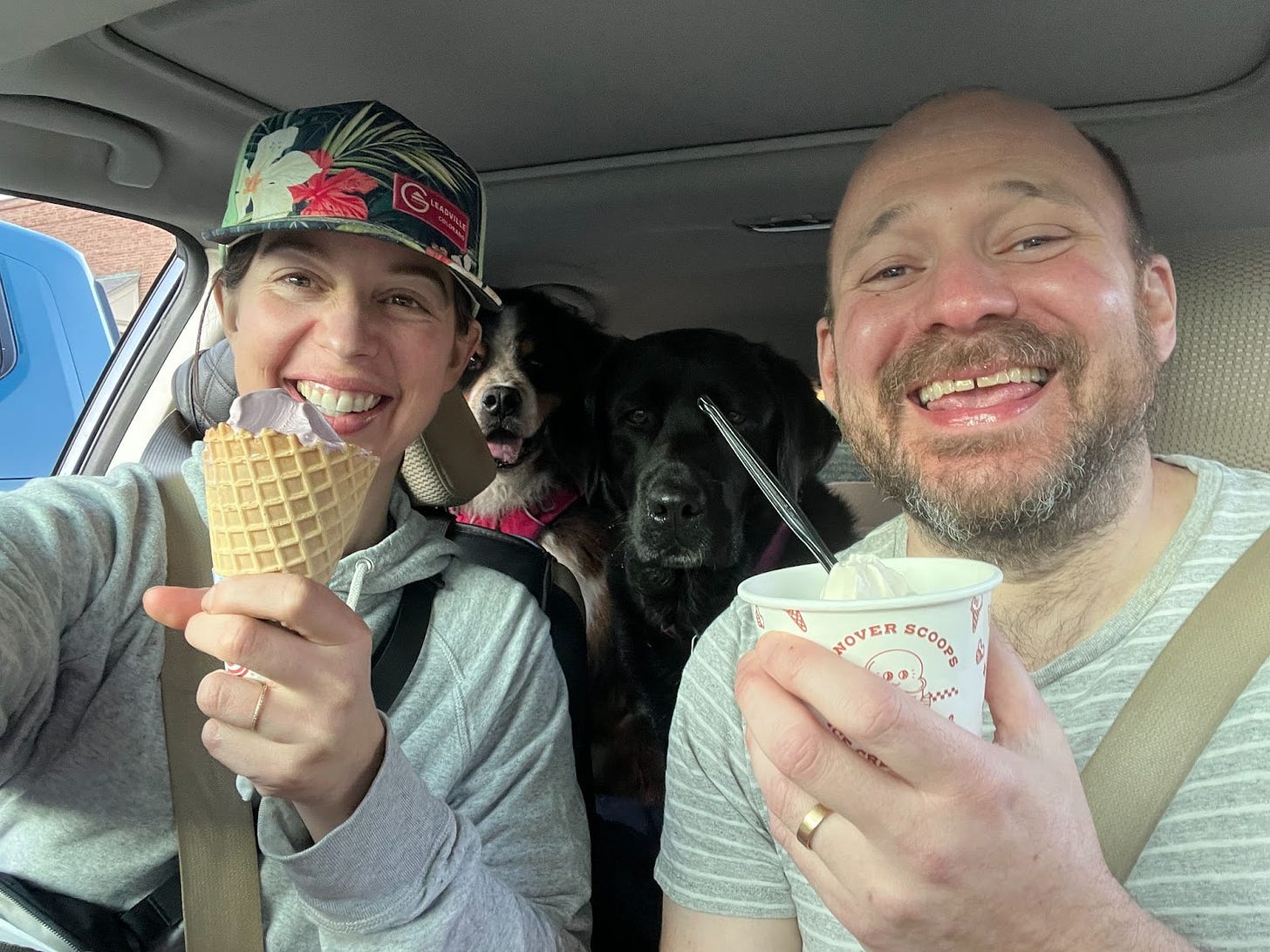
Waffle is still alive. I am still alive. We all three are still alive. It infuses gratitude immediately and seizes the moment in a manageable way that mitigates the pressure of a whole event/adventure with lots of planning.
We replicate this in cuddle puddles at night while watching our favorite L.A. detective Show, Bosch, and during snug outs in the morning. Saying it out loud, naming that this time is special, anchors its power — one that is quiet, together and honoring what matters most.
Two: Time with my team, working. Working from home – alone, always alone – is downright brutal for me. I know some people are wired to be hermits, but I am not one of them. I find it isolating and reminiscent of the years I spent disabled and psychotic. That said, I can’t talk and be “on” all the time. At baseline, my brain is going a million miles a minute and is on the verge of being tapped out.
So now, instead of always scheduling talking meetings, Amy and Susan and I do working meetings too, where we just sit together on our laptops and get stuff done. This framework brings companionship into my life, co-regulation into my body, accountability to my work and all that while not further depleting me.
13. Act Like I’m Still Psychotic.
I know this sounds weird (because being psychotic was undoubtedly traumatic for me) but when I was psychotic, I was deeply kind to myself.
I held space for the fact that my brain was firing command and visual hallucinations, and I allowed myself to do whatever was necessary to just get by. Right now, the world is doing something similar. (On top of all this, my work at Harvard involves watching hours of short, fear-mongering public health content, which isn’t great for me, either).
So I am returning to that practice of deep kindness. Usually, I ask myself, “Kate, if you were psychotic right now, would you say that to yourself?”
And ten out of ten times, the answer is, “no.” So, I quell that self-loathing and honor the truth that surviving this loud, increasingly cruel world, well, that is downright impressive no matter what.
Yowzer! I sure got going there.
But then again, how cool is that?! How incredible that I actually know 13 things that really work for me — just like that fort in college and those tools that brought me all those friends.
This week, before we kick off our first shared experiment together at The Healing Lab, I invite you to do the same.
I invite you to take a look inside your own toolbox. I want you to see, in written proof, how impressive you already are at surviving. After all, the Healing Lab is about us surviving a bit more kindly with ourselves and others.
And today, before we dive into exploring new ways to do so, I want to show you that you already have what it takes. Because you, just like me and Waffle and Dave – are still here.
Yes, you are still here and that is everything.
And with that, I’m off to plunge. Three weeks in and going strong. Gotta keep this pink sticky-note calendar neon and bright.
Until next week, I wish you a day.
Kindly,
Kate
This week’s experiment: Look Inside Your Own Toolbox
In no particular order, write down what is helping you right now.
If that feels elusive, start by thinking about these questions.
When was the last time you took a deep breath? What did you do just before it? Write that down.
When was the last time a smile crossed your face? Write down what prompted that smile.
When was the last time you had a great night's sleep? Write down what you did the day prior.
When did shit recently hit the fan? How did you get through it? You did because you are still here. Write how you survived it.
If you would like to share your reflections with me (or the wider Healing Lab community) we’ve created a space here for you to do that. (We will fully respect your privacy choices with anything you share.)
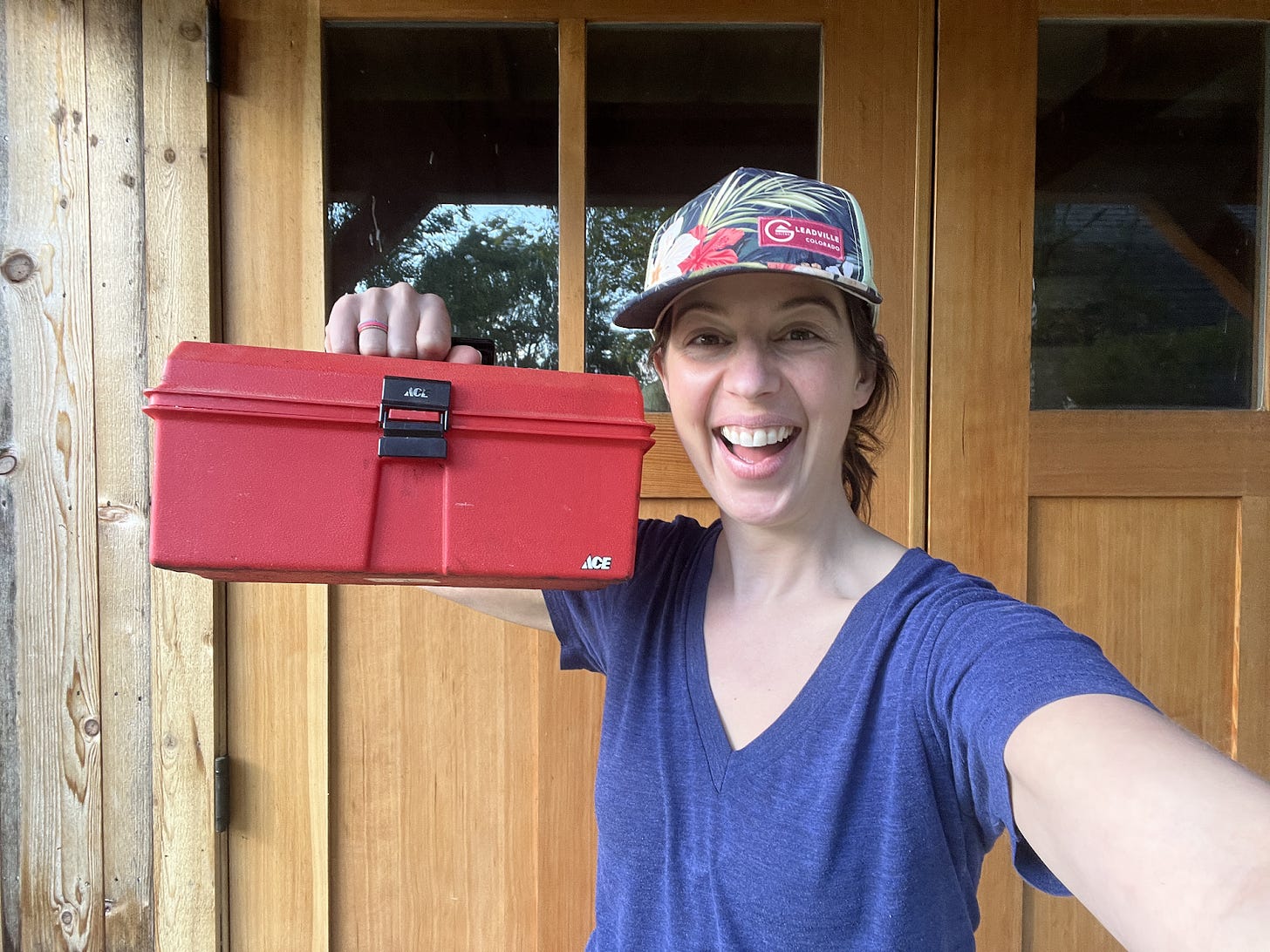
You keep going. You are still here. So, if all you write this week is: keep going. Please know, that is always – always – enough.



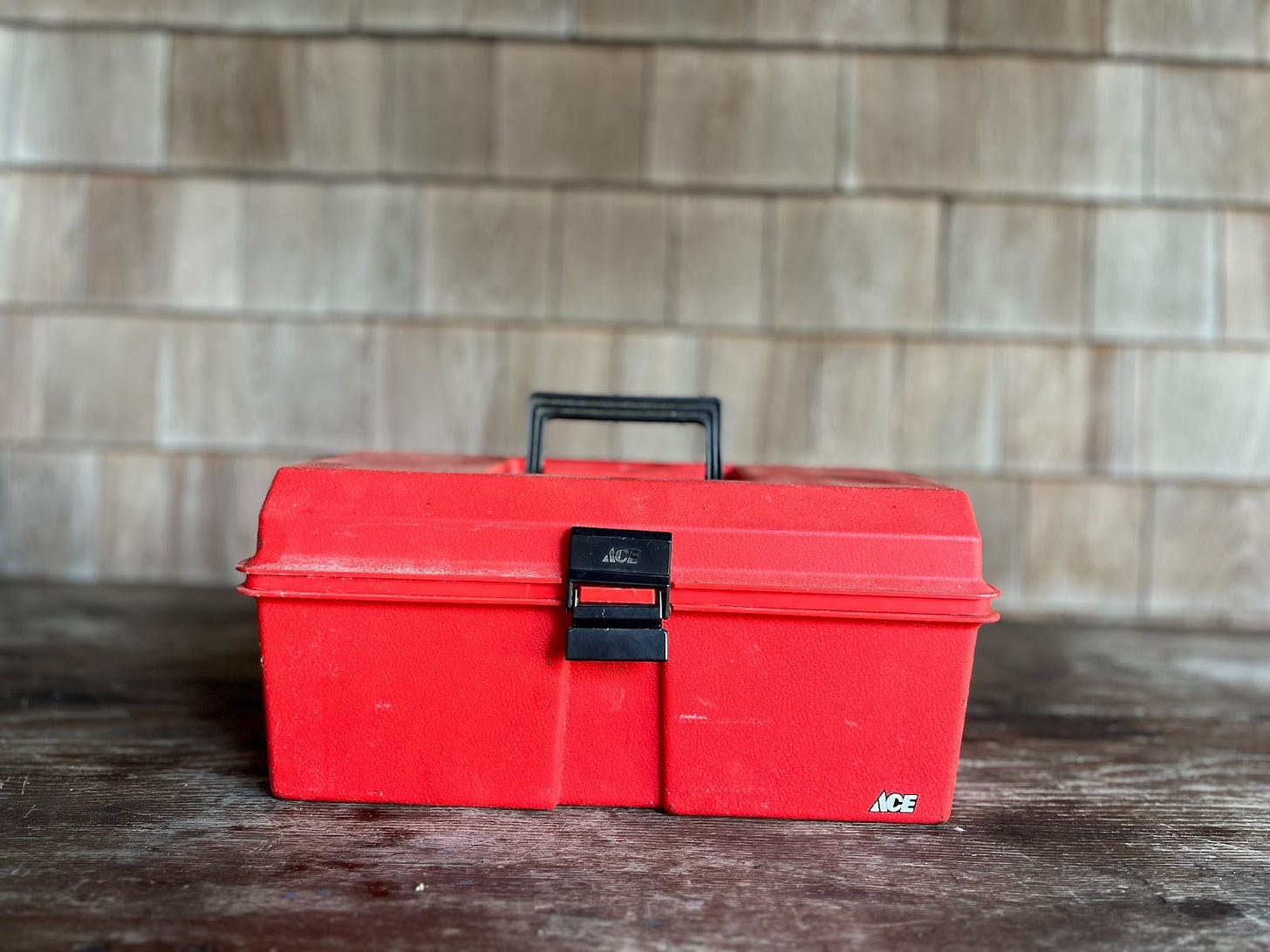

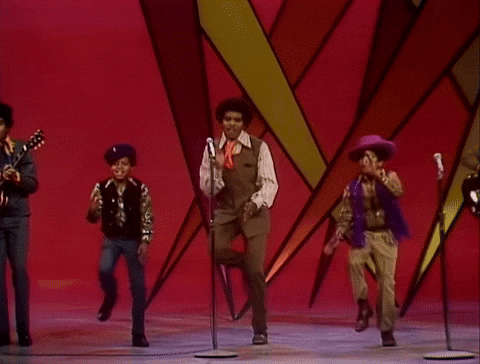
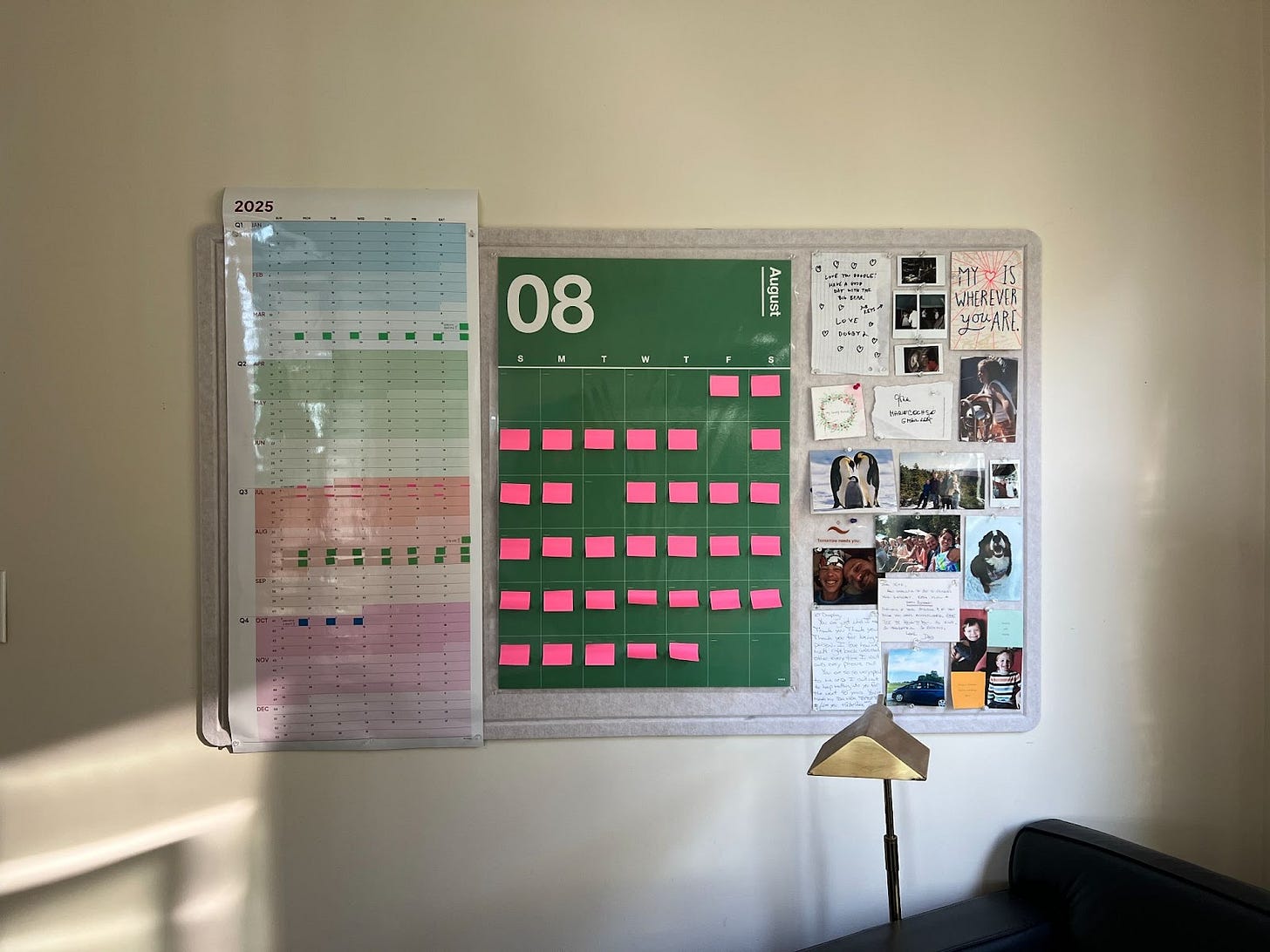
Wow, this post! It has sooooo much relatable, thoughtful, VALUABLE content! I need to read, read again, and print it out to hang. You are incredibly generous with your work. Thank you!
Thank you for all of this! I don’t think the general public realizes how mentally damaging this administration is for some of us 😞
Quiet companionship is an amazing concept….it’s so hard to know amazing people that want to hang out but you know that you have nothing to give. Right now an afternoon doctor appointment is overwhelming!
I have asked people to have a phone date instead of meeting somewhere. I CAN talk and sometimes I really just want to listen but maybe I don’t want to drive and park or sit up straight in a restaurant chair or an awkward barstool. I definitely don’t want to rideshare (and I’m a former 5 Star Lyft Driver!)
Similarly there are times when I’d love to have pizza delivered but I don’t want to engage with the dear person at my door and so I just do without that day lol..
Thank you again….I know that I’m not alone and I’ll add all of this to my toolbox 🧰